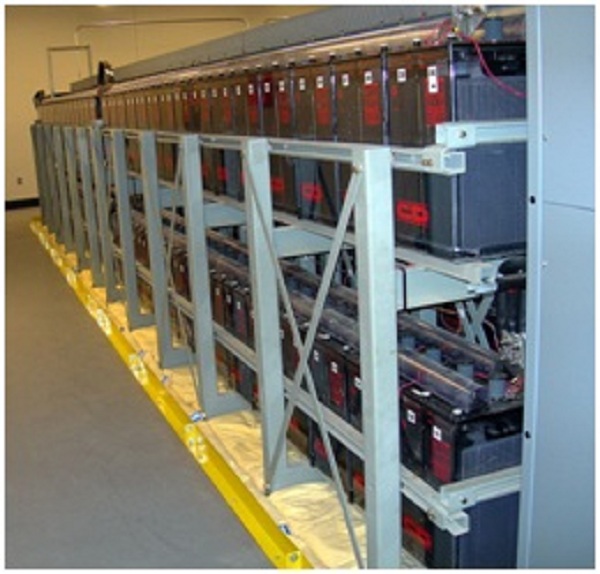Electricity flows through every part of your workplace, from the equipment and lighting to the coffee machine and air conditioning system. All of this electricity has to be paid for, but are you getting value for money? The only way to find out is to develop and implement a power management plan. An effective power management program consists of two stages, starting with the use of monitoring equipment and data collection to unveil the characteristics of your system, usage and expenditure.

Once a picture of your power system has been built, the second stage commences – analysis. Accurate and insightful data analyses allow you to make informed decisions regarding your power quality and expenditure, which in turn has a knock-on effect on everything else in the plant because of the ubiquity of power itself.
Data Collection
Utilising power monitoring equipment, it becomes possible to record all aspects of your power supply quality. This equipment can be used for a preliminary temporary study, or employed permanently to keep an eye on the health of your power system. Real-time insights into basic factors, such as current, voltage and frequency are easy to obtain, as are insights into power quality via more advanced features such as harmonics analysis, transient detection and waveforms.
Power monitors are divided into two broad categories of permanent and portable. Portable monitors are used on-the-spot for surveys and troubleshooting as required, as well as for equipment which doesn’t support permanent monitors. Permanently installed monitors provide continuous monitoring capabilities. Harmonics in particular should be continuously monitored to avoid incremental load increases causing excessive heating. This can lead to premature failure of circuit breaks, conductors and toroidal transformers.
Both forms of power monitors increasingly contain a toroidal transformer themselves. The accurate current transformation provided by this component makes them ideal for power usage monitoring and control. The compact dimensions and low weight of a toroidal transformer additionally makes them particularly suited for the portable monitoring systems.
Predictive Analytics
Continuous monitoring allows you to retrospectively analyse power disturbances. The bank of data which is collected from constant real-time recording also allows you to look for trends or spikes in power usage and thus develop strategies to optimise your usage via predictive analytics.
Analytical decisions could involve load-shedding, shutting down production lines based on demand, and even implementing smart lighting.

